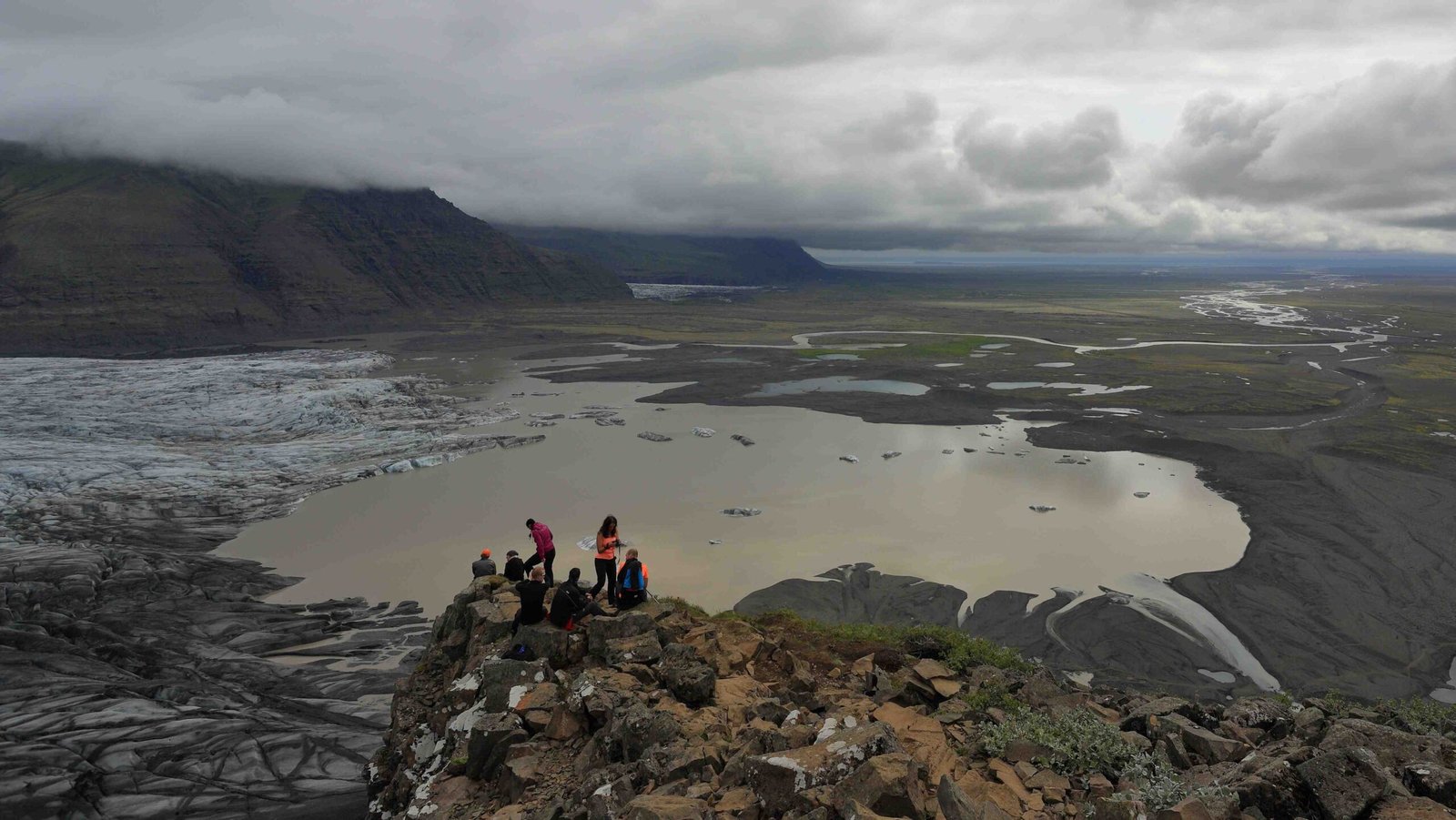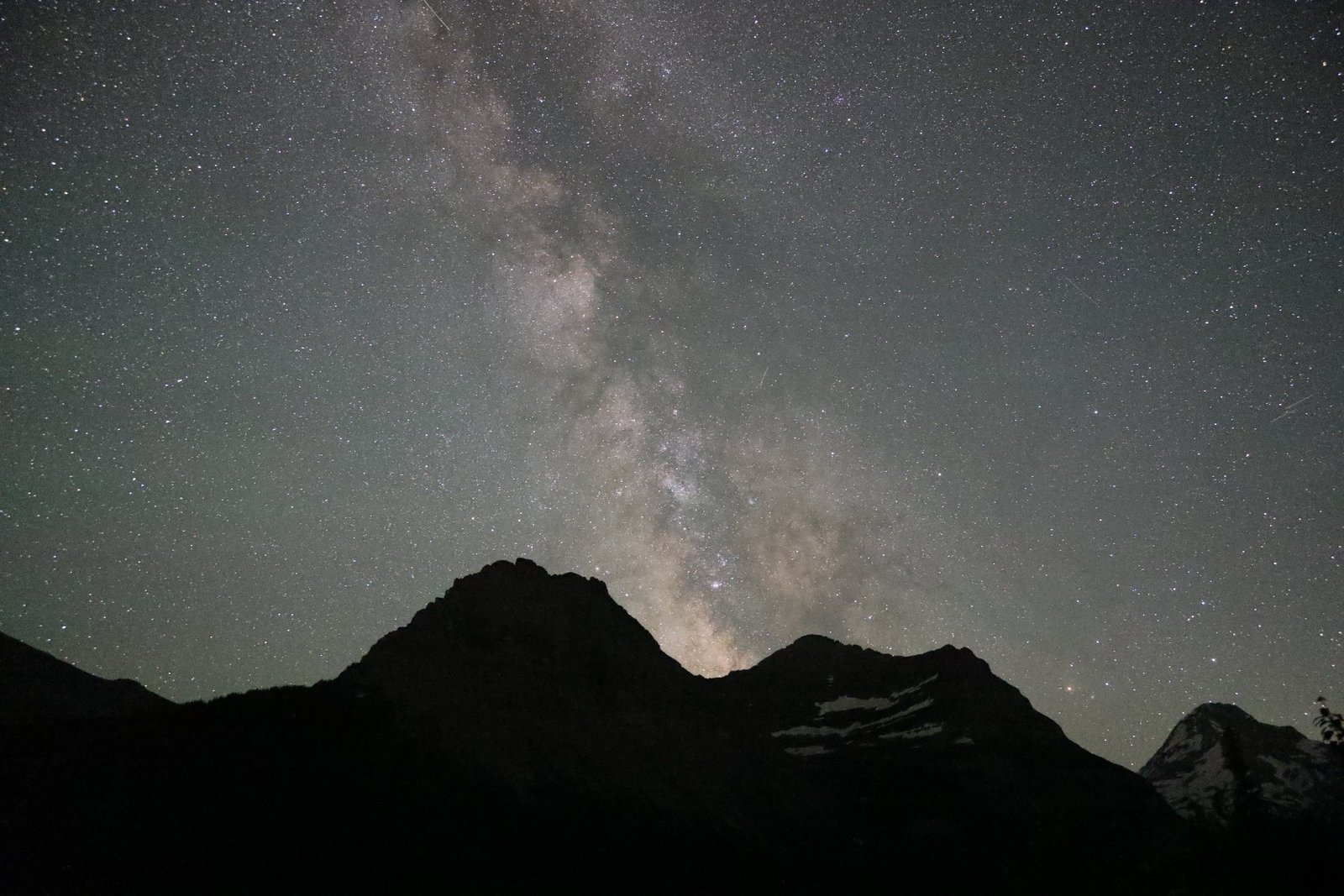Glacier National Park’s mileage chart offers a detailed overview of trail distances, elevation gains, and driving routes. This guide covers popular hiking trails, scenic drives, and key landmarks within the park. From the iconic Going-to-the-Sun Road to challenging backcountry hikes, the mileage chart provides essential information for planning your visit to this stunning wilderness area in Montana.
What Are the Most Popular Trails in Glacier National Park?

Glacier National Park boasts an extensive network of trails, each offering unique experiences and challenges. Here are some of the most popular trails with their mileage and elevation details:
- Highline Trail
- Distance: 7.6 miles one way
- Elevation Gain: 690 ft
-
Notable Features: Panoramic valley views, access to Granite Park Chalet
-
Hidden Lake Trail
- Distance: 4.5 miles round trip
- Elevation Gain: 460 ft to overlook, 780 ft descent to lake
-
Highlights: Hidden Lake Overlook, potential wildlife sightings
-
Iceberg Lake Trail
- Distance: 9.7 miles round trip
- Elevation Gain: 1,275 ft
-
Key Attraction: Iceberg Lake with floating ice chunks
-
Grinnell Glacier Trail
- Distance: 10.6 miles round trip
- Elevation Gain: 1,840 ft
-
Highlight: Views of Grinnell Glacier
-
Avalanche Lake Trail
- Distance: 4.5 miles round trip
- Elevation Gain: 730 ft
- Feature: Scenic Avalanche Lake
How Long is the Going-to-the-Sun Road?

The Going-to-the-Sun Road is a scenic 50-mile drive that traverses Glacier National Park from west to east. Here are key points along the route:
- West Glacier to Logan Pass: 32 miles
- Logan Pass to St. Mary: 18 miles
- Total driving time: Approximately 2 hours without stops
| Segment | Distance | Key Features |
|---|---|---|
| West Glacier to Lake McDonald Lodge | 10 miles | Lake McDonald views |
| Lake McDonald Lodge to Logan Pass | 22 miles | Bird Woman Falls, Weeping Wall |
| Logan Pass to St. Mary | 18 miles | Jackson Glacier Overlook, St. Mary Lake |
What Are the Elevation Gains for Major Trails?
Understanding elevation gains is crucial for assessing trail difficulty. Here’s a breakdown for some major trails:
- Highline Trail
- Maximum Elevation: 6,500 ft
- Average Gain: 690 ft over 7.6 miles
-
Difficulty: Moderate
-
Siyeh Pass Trail
- Maximum Elevation: 8,000 ft
- Gain from Piegan Trailhead: 2,240 ft over 10.3 miles
- Gain from Sunrift Gorge: 3,440 ft over 10.5 miles
-
Difficulty: Very challenging
-
Piegan Pass Trail
- Maximum Elevation: 7,500 ft
- Average Gain: 1,750 ft over 8.5 miles
-
Difficulty: Challenging
-
Grinnell Glacier Trail
- Maximum Elevation: 6,515 ft
- Total Gain: 1,840 ft over 5.3 miles (one way)
- Difficulty: Strenuous
What Are the Key Driving Routes in Glacier National Park?
Besides the Going-to-the-Sun Road, other important driving routes include:
- St. Mary to Many Glacier
- Distance: 12 miles
- Estimated Time: 30 minutes
-
Points of Interest: Many Glacier Hotel, Swiftcurrent Motor Inn
-
West Glacier to Polebridge
- Distance: 28 miles
- Estimated Time: 1 hour
-
Feature: Access to remote North Fork area
-
East Glacier to Two Medicine
- Distance: 12 miles
- Estimated Time: 20 minutes
- Attraction: Two Medicine Lake
How Can Hikers Use the Mileage Chart for Trip Planning?
The mileage chart is an invaluable tool for trip planning in Glacier National Park. Here’s how to use it effectively:
- Assess Trail Difficulty:
- Use distance and elevation gain to gauge difficulty
-
Consider your fitness level and hiking experience
-
Plan Daily Itineraries:
- Combine shorter trails or tackle one longer trail per day
-
Account for driving time between trailheads
-
Prepare for Elevation Changes:
- Pack appropriate gear for high-altitude hikes
-
Allow time for acclimatization if coming from lower elevations
-
Estimate Hiking Times:
- Use the general rule of 2 miles per hour on flat terrain
-
Add 1 hour for every 1,000 ft of elevation gain
-
Consider Seasonal Factors:
- Check trail conditions and closures, especially in early summer
- Be aware of shorter daylight hours in late fall and winter
What Are the Must-See Landmarks on Glacier’s Mileage Chart?
Glacier National Park’s mileage chart highlights several must-see landmarks:
- Logan Pass
- Elevation: 6,646 ft
- Location: Highest point on Going-to-the-Sun Road
-
Features: Visitor Center, trailheads for Hidden Lake and Highline Trail
-
Lake McDonald
- Length: 10 miles
- Depth: 472 ft
-
Attraction: Largest lake in the park, scenic boat tours
-
Many Glacier Area
- Key Trails: Grinnell Glacier, Iceberg Lake
-
Wildlife: Frequent bear and moose sightings
-
Two Medicine Lake
- Elevation: 5,164 ft
-
Activities: Boating, fishing, scenic hikes
-
Waterton-Glacier International Peace Park
- Location: Northern border of Glacier National Park
- Significance: UNESCO World Heritage Site
How Does Elevation Affect Hiking in Glacier National Park?
Elevation plays a significant role in hiking experiences at Glacier National Park:
- Physical Effects:
- Thinner air at higher elevations can cause fatigue
-
Increased risk of altitude sickness above 8,000 ft
-
Weather Changes:
- Temperature drops about 3.5°F for every 1,000 ft gain
-
More exposed to wind and storms at higher elevations
-
Vegetation Zones:
- Transition from dense forests to alpine meadows
-
Tree line typically around 6,500-7,000 ft
-
Wildlife Habitats:
- Different species found at various elevations
-
Mountain goats and bighorn sheep common at higher altitudes
-
Snow Persistence:
- Higher trails may have snow into July or August
- Check trail conditions before hiking
By understanding these elevation factors and utilizing the mileage chart, visitors can better plan their Glacier National Park adventure, ensuring a safe and memorable experience in this breathtaking wilderness.
References:
1. [St. Mary Valley and Logan Pass Trails – Destinations and Elevation Change]
2. [Glacier Map Guides – Hike 734]
3. [Maps – Glacier National Park (U.S. National Park Service)]